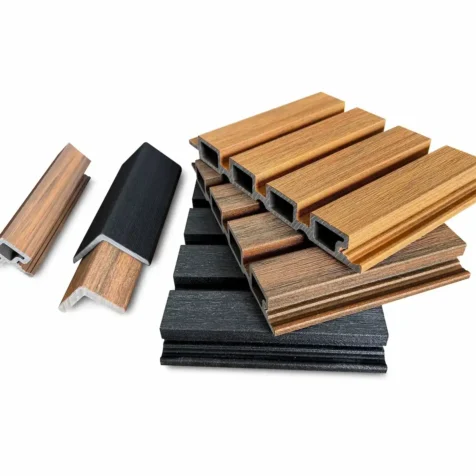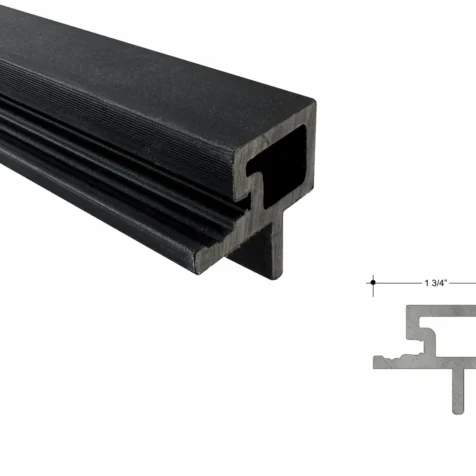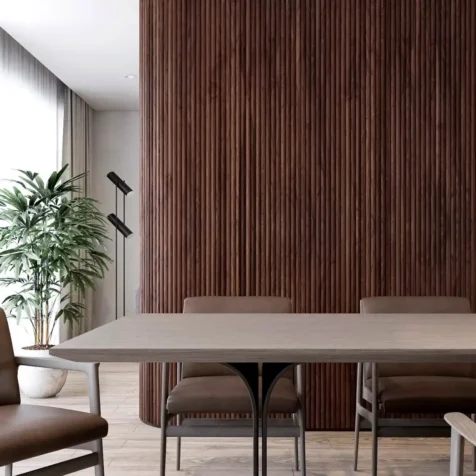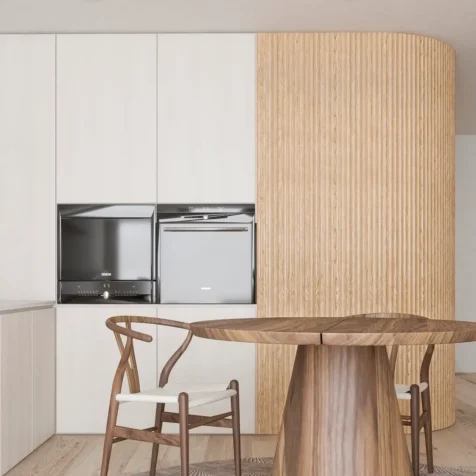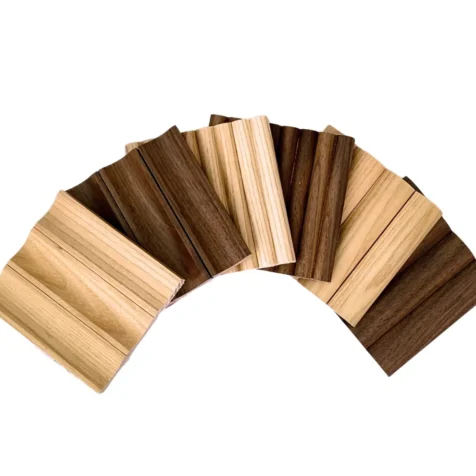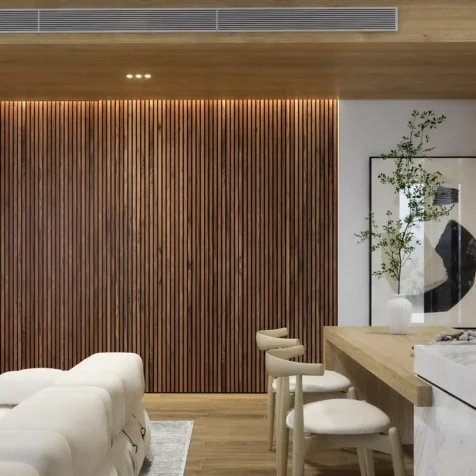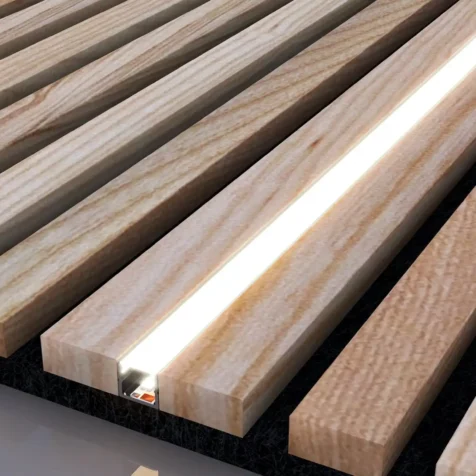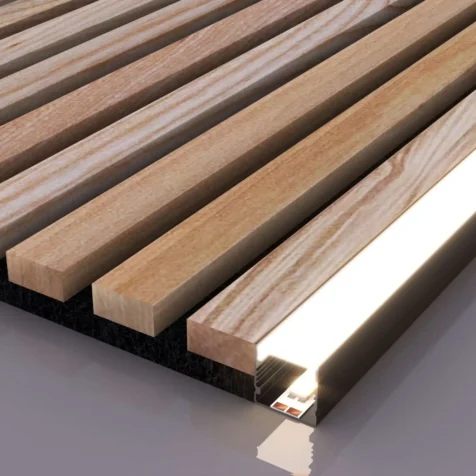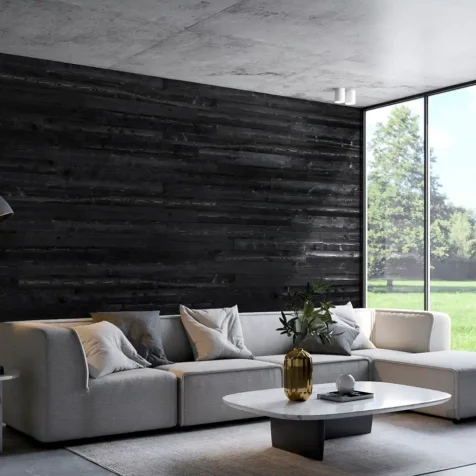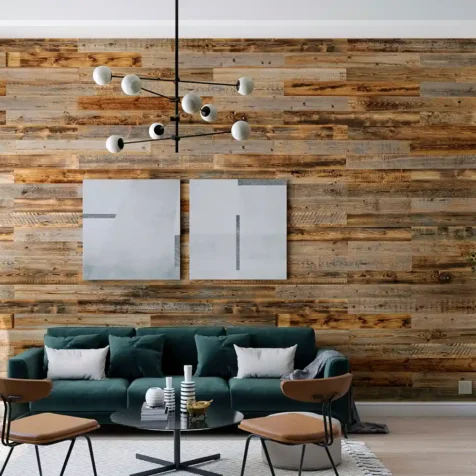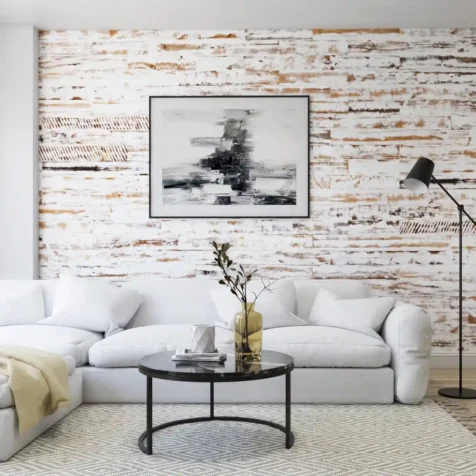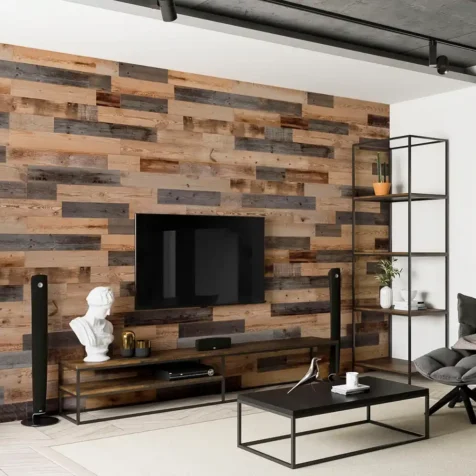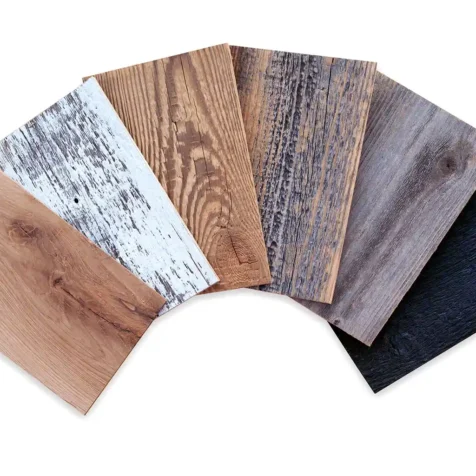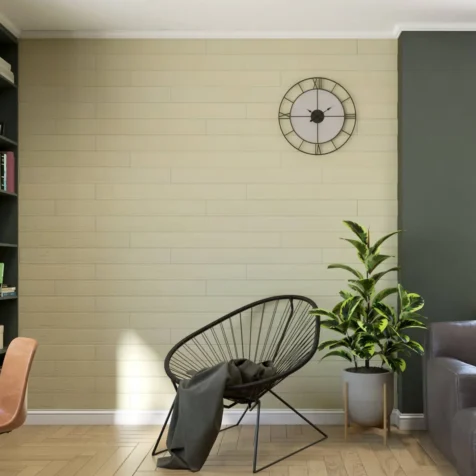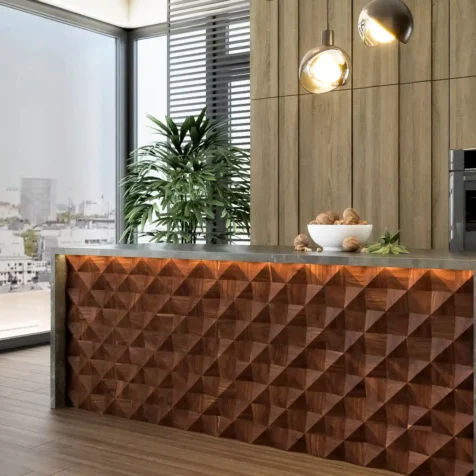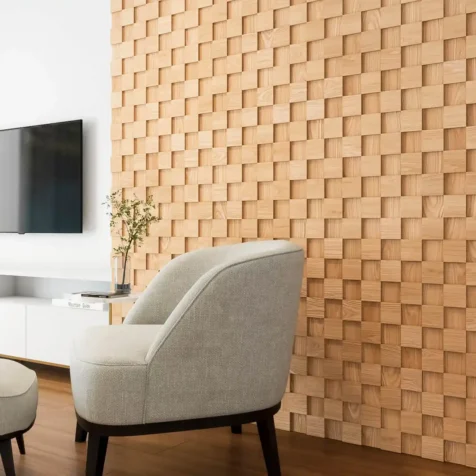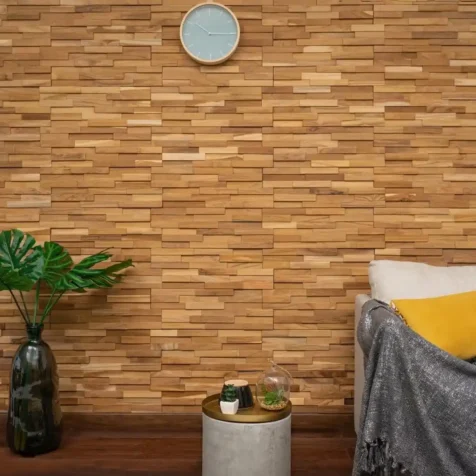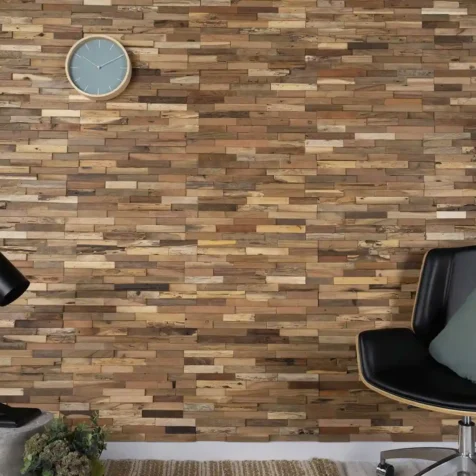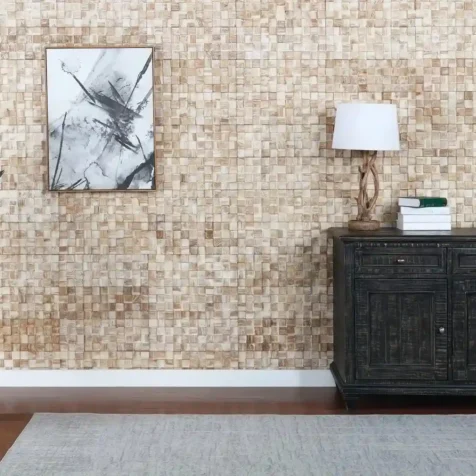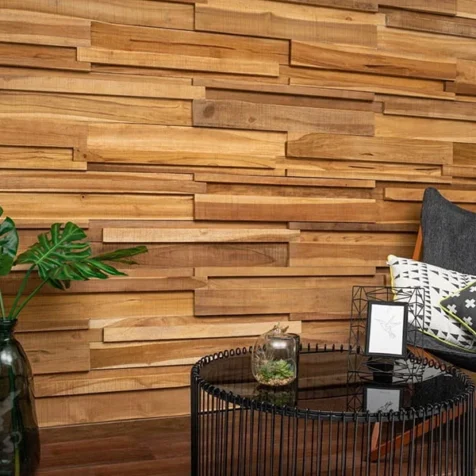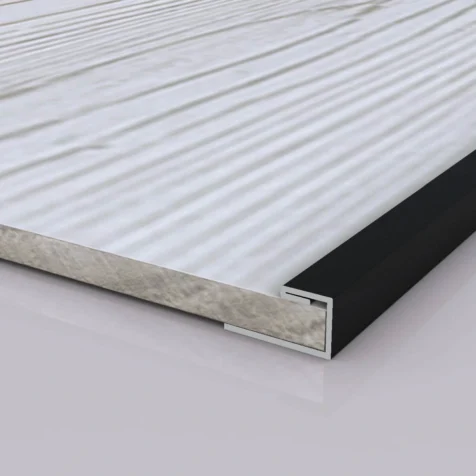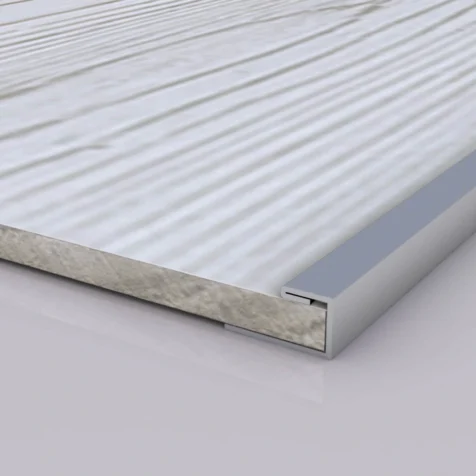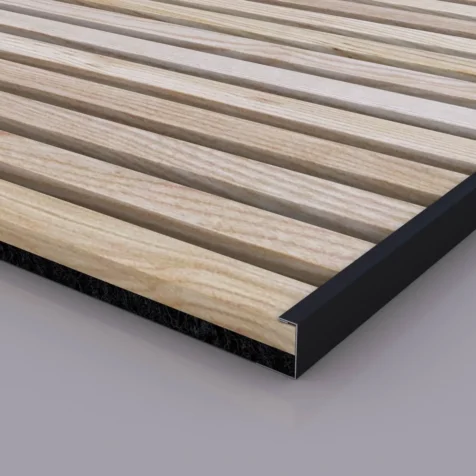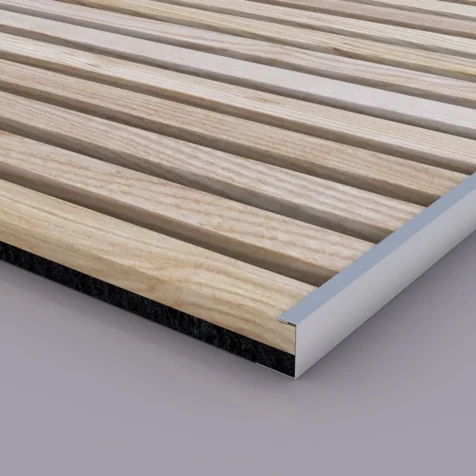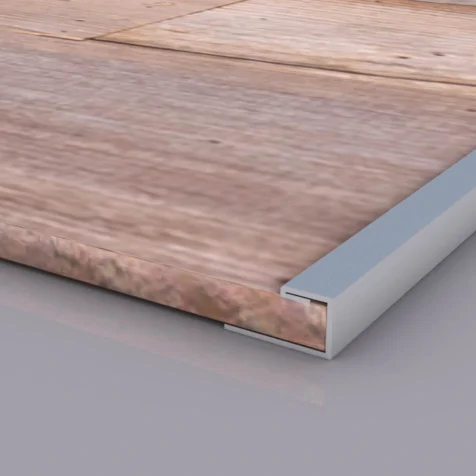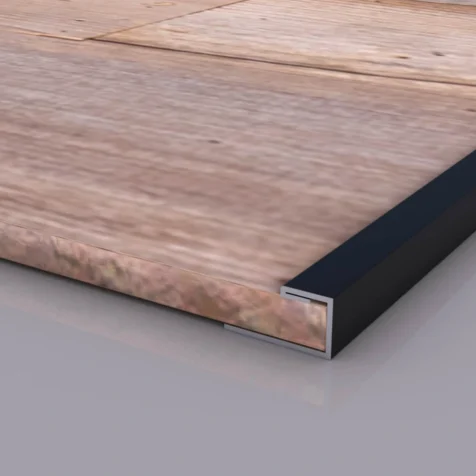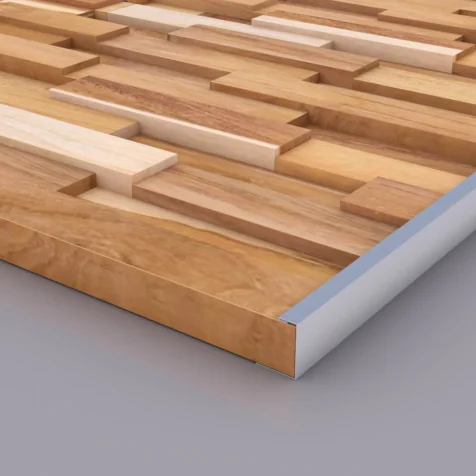Can You Stain Wood Paneling Without Sanding First?
Can you stain wood paneling without sanding? Sanding wood takes a lot of time, but you may end up with a mess. Fortunately, depending on the wood surface condition, you might skip this step. This article will break down the process of staining wood paneling properly. Let’s get started with a simple step-by-step process for achieving beautiful results!
Can You Stain Wood Paneling Without Sanding?
Yes, you can. The key is to ensure you have a smooth wood surface in place and follow the right staining technique. The detailed instructions are as follows:
Step 1: Clean the Surface
Sanding is a preparatory step before staining. If you skip it, take other tasks more seriously. First, clean the paneling to keep dust and dirt out of your way. A clean surface also helps the stain stick to the paneling securely. Use all-purpose cleaners to deep clean the wood.
Now, inspect the wood paneling for scratches, dents, and cracks. When you have found any, you must fill the holes with wood putty filler.

Step 2: Apply a Primer
When staining wood paneling, remember to prime it first. Priming will help prevent wood tannins and knots from appearing later on. You might consider using a brush to get into any tight spots, then switch to a roller to cover more area more quickly. If you are staining premium materials such as cedar or redwood, use a stain-blocking primer.
Step 3: Choose the Stain
There are different types of stains, each with specific advantages. Your options include the following:
- Oil base: The oil content can soak deeply into the wood while enriching its grain and colors. Despite the rustic beauty, you may find its intense odor annoying. Hence, you need to ensure good ventilation when working with it.
- Water-based: Water-based stains can dry fast and release less odor than their oil-based counterparts. There are also many colors to fit various styles.
- Gel: The gel is perfect for vertical surfaces where drips can be a concern. Its thick consistency provides excellent control and uniform coverage.
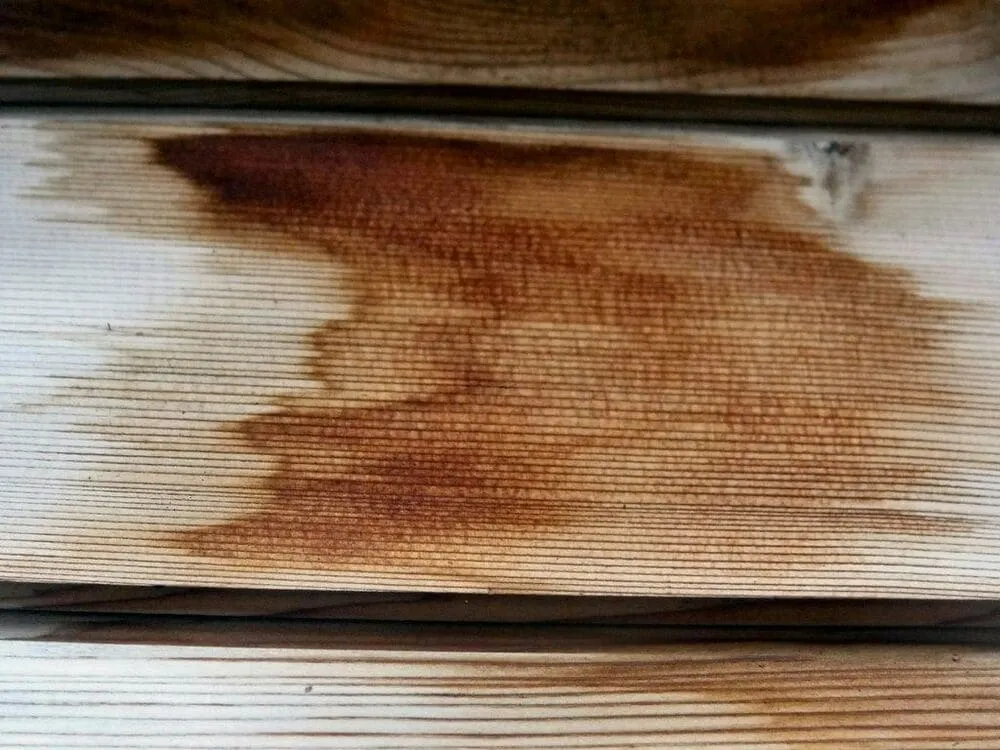
Step 4: Apply stain
To preserve the wood’s rustic beauty, follow its natural grain while staining. Work slowly in small sections to prevent blotches and achieve consistent coverage. This step requires even distribution to deliver a clean look. With careful application, you will achieve a rich, even finish that reveals the grain’s detail.

How Long Wood Stain Takes to Dry?
You should check the label for specific drying and recoating times for the stain. Typically, how quickly the stain can dry depends on the type of stain you are using. For example:
- Water-based stain: The stain becomes touch-dry in one hour. You can apply a second coat in two hours.
- Oil-based stain: This type of stain takes longer to touch-dry, about two hours. If you want to recoat, wait four hours.
- Gel stain: The thick texture of the gel makes it really long and dry completely. You can only apply a second coat after six to eight hours.
Can I Paint Over The Stained Wood Paneling?
Yes, you can. Here are some steps to paint the stained wood panels:
- Clean the panels carefully.
- Sand them to remove gloss.
- Clean the dust and wait for the wood to completely dry.
- Apply primer to prevent the stain tint from seeping, then wait for the primer to dry.
- Paint the surface evenly.
Extra Tips for Staining Wood Paneling
The steps to staining wood paneling without sanding are clear. You should follow some extra tips below to ensure a seamless surface and to know that can you stain wood paneling without sanding:
- Use the right brush for the job. A cloth can also work since it distributes the stain efficiently across the wood.
- Remove handles and knobs before staining because they make it harder for you to stain the wood. Moreover, some finishing products can affect the hue of metal hardware.
- Stir the can carefully to ensure color pigments don’t stick to the bottom of the can. Thorough mixing gives you an even stain color throughout the project.
- Test the stain on a hidden area before staining to see whether it looks as expected.
- Check how long you will leave the stain on the paneling. If you intend to let the stain sit long, you have to make it richer and deeper. For a uniform look, apply and wipe consistently before it dries on the surface. Dried stain can interfere with the clear coat.
- Remove unabsorbed stain using a dry cloth. A wet cloth can leave swirls that show under the finish.
- Apply a protective finish to help the stain last longer. Don’t apply the finish before the stain is fully dry. If applied too soon, the solvent in the finish may pull the wet stain out of the wood.

Choose WoodyWalls for Effortless Style
Can you stain wood paneling without sanding? Yes, especially when the surface is in good condition, and you use the correct type of stain. You also need to stain the wood slowly for a consistent and rich finish.
Ready to refresh your space? Explore premium wood panels at Woody Walls. Our high-quality, easy-to-use products are perfect for DIY upgrades and professional workers. Visit Woody Walls to choose the wood you will love for years!
FAQs
1. Can I paint over wood panels without sanding?
Yes, you can skip the sanding step. Remember to prepare the wood panels carefully before painting.
2. Can I paint directly over wood panels?
Yes. To ensure the best outcome, you need to clean and sand the wood panels properly. Then, apply some primer to seal the surface. The paint can then adhere and look better.
3. How to prepare wood before staining?
Give the wood paneling a good cleaning to start your staining project. Sanding afterward can improve paint adhesion, and primer helps you set the foundation for great results.






